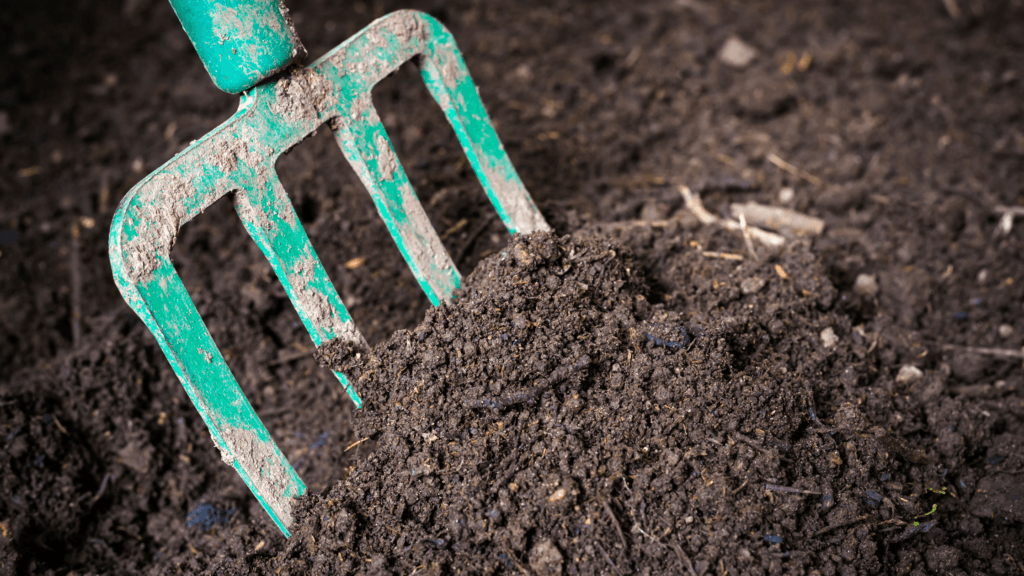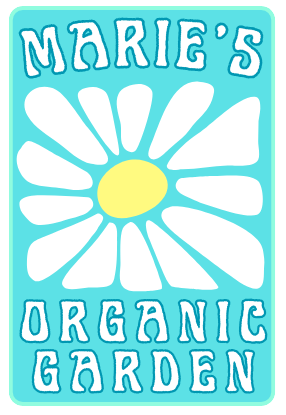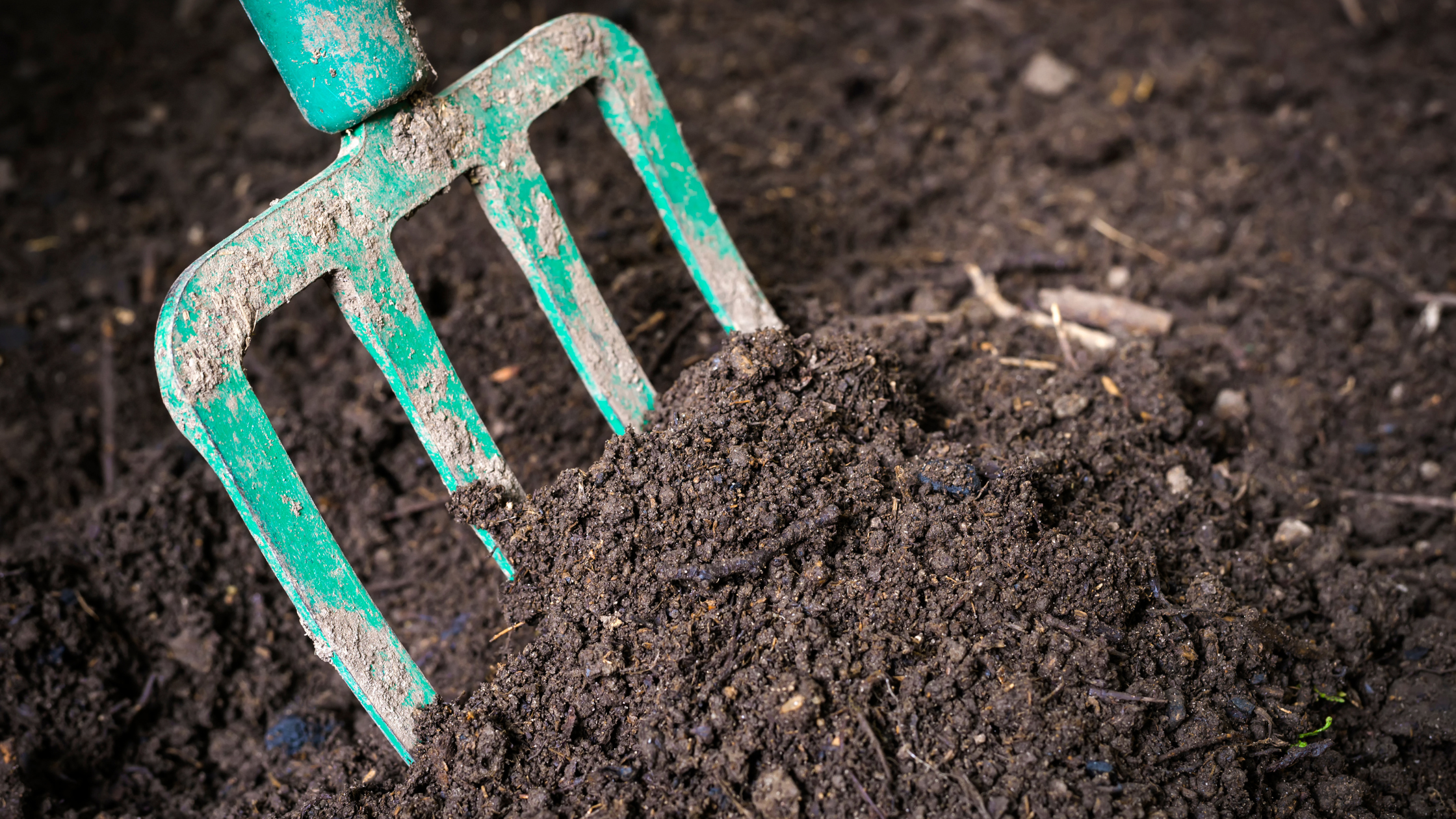Organic vegetable growing is a rewarding practice, and choosing the best organic fertilizer is a key step toward a thriving garden. I’ve spent years testing different methods, and I understand the challenges of getting a sense of the right fertilizer. In this guide, you will learn how to choose the best organic fertilizer for vegetables. The advice here covers everything from knowing your garden’s nutrient needs to evaluating product certifications and reviews.

Step 1: Understand Your Fertilizer Options
Before shopping for organic fertilizer, it is important to know the options available. Organic fertilizers differ in the materials and methods they use to deliver nutrients. Whether a fertilizer is derived from compost, manure, or other natural sources, each choice comes with its advantages and drawbacks. I have learned that understanding what goes into a fertilizer helps you match it with your vegetable garden’s needs. Knowing whether you want a product that boosts soil structure as well as nutrient content or one that releases nutrients slowly can help guide your decision.
Questions to Consider:
- Do you prefer a fertilizer that improves both soil health and nutrient content?
- Are you interested in a product that releases nutrients gradually over time?
- Would you like additional benefits such as increased microbial activity?
- Is having a natural odor and texture for easier application important to you?
These questions help narrow down the types of organic fertilizers available, including composted manure, worm castings, plant-based compost, and bone meal. Each type interacts differently with the soil and vegetables. Keeping the options clear in your mind can simplify your selection process.
Step 2: Identify Your Vegetable Garden’s Needs
An organic fertilizer isn’t a one-size-fits-all solution. To make the most of it, you need to understand the current state of your garden’s soil and the specific nutritional needs of your vegetables. Start by performing a soil test. A basic test can reveal pH levels, nutrient deficiencies, and the presence of beneficial microbes, all of which affect plant growth. When you know your soil’s condition, you can avoid over-application and make more informed product choices.
How to Assess Your Garden’s Requirements:
- Test your soil’s pH – Most vegetables thrive in soil that is slightly acidic to neutral. If the pH is off, you may need a fertilizer that helps adjust it.
- Determine nutrient content – Key nutrients like nitrogen, phosphorus, and potassium (NPK) are essential. Check your soil test report to see if your soil draws low on one or more of these elements.
- Observe crop performance – Look for signs such as yellowing leaves or stunted growth that indicate a nutrient deficiency.
- Consider organic matter levels. Healthy soil usually has abundant decayed plant matter and active microbes. If the soil appears compacted or lifeless, a fertilizer that adds organic material, such as compost and garden mulch, may be the answer.
Understanding your garden’s natural conditions enables you to select a fertilizer that addresses soil weaknesses while building on its existing strengths. This thoughtful approach not only preserves plant health but also promotes sustainable gardening.
Step 3: Evaluate Ingredients and Nutrient Profile
Ingredients in organic fertilizers are important because they determine how nutrients are released and absorbed by your vegetables. Many organic fertilizers are made from natural sources well known for their nutrient richness. For instance, composted manure provides nitrogen, while rock phosphate offers phosphorus. I always check the composition to ensure it meets my garden’s specific needs.
Key Factors to Evaluate:
- NPK Ratio: Understand the NPK and the percentages of nitrogen, phosphorus, and potassium your soil requires according to your test results. N (Notrogen) Promotes leaf and stem growth, contributing to a lush, green appearance. P (Phosphorus) Crucial for root development, flowering, and fruit production. K (Potassium) Enhances overall plant health, disease resistance, and strengthens cell structure. NPK percentages is the numbers on a fertilizer bag, like “10-10-10,” indicate the percentage of each nutrient (10% N, 10% P, and 10% K). For Example: Bag of fertilizer labeled “30-0-4” contains 30% nitrogen, 0% phosphorus, and 4% potassium.
- Organic Matter: A high level of organic matter is important. It helps retain moisture and supports beneficial microbes that improve nutrient availability, providing a natural source of NPK along with other trace elements. Since organic matter breaks down slowly, nutrients are released over time. Select a product with a release timeline that fits your plant’s growth cycle.
- Trace Minerals: Some fertilizers include trace elements like calcium, magnesium, and sulfur, which are most important for all plants.
By taking the time to study ingredient labels and nutrient profiles, you improve your chances of choosing a fertilizer that supports both immediate and long-term vegetable growth.
Step 4: Consider Environmental and Health Benefits
Many gardeners choose organic fertilizers not only for their effectiveness but also for their positive environmental impact. These products are typically gentler on soil life compared to chemical fertilizers, which makes them a very important option for sustainable gardening.
Benefits to Keep in Mind:
- Sustainability: Organic sources are renewable and work in harmony with nature, promoting a healthier overall ecosystem in your garden.
- Soil Health: Organic fertilizers can improve soil texture, water retention, and microbial activity, which means improved vegetable health.
- Reduced Chemical Exposure: Using organic fertilizer minimizes the risk of harmful chemicals accumulating in your edible plants.
- Long-Term Productivity: Healthy soil nurtured over time paves the way for sustained garden productivity, rather than just a short-term nutrient boost.
When you focus on both your garden’s well-being and the environment, you are making a choice that supports sustainable practices and long-term agricultural health.
Step 5: Ease of Use, Application, and Compatibility
Even the best fertilizer will not deliver optimal results if it is too cumbersome to use or does not fit your gardening style. Through years of trial and error in my own garden, I have learned that the ease of application can make a big difference. Consider whether the product is compatible with the types of vegetables you grow and with your available time for garden work.
Points to Evaluate:
- Form of Fertilizer: Organic fertilizers are available in powder, granule, or liquid form. Some gardeners prefer a granular product for even spreading, while others favor a liquid mix that the soil can absorb more quickly.
- Application Frequency: Some products require more frequent use than others. Decide if you have the time for regular applications or if you need a product that works with fewer treatments.
- Method of Incorporation: Determine whether you need to work the fertilizer manually into the soil or if it can be applied using a drip irrigation system. A method that fits your routine will yield better results.
- Compatibility with Existing Practices: If you already use compost or mulch, ensure that the fertilizer’s composition will support rather than conflict with these practices.
Keeping ease of use in mind ensures that the fertilizer is a helpful addition rather than an extra burden. A product that fits smoothly into your current routine will save time and effort while delivering steady results.
Step 6: Check Product Certifications, Reviews, and Price
Before you commit to a purchase, check for certifications and reviews. Certifications from recognized organic organizations indicate that the fertilizer meets environmental and safety standards. Reviews from fellow gardeners can offer practical insights into the product’s performance under various conditions.
What to Look For:
- Certifications: Look for labels from respected organizations that certify organic products. These marks ensure that the fertilizer is free from synthetic chemicals and complies with organic standards.
- Customer Reviews: Reading the experiences of others can reveal potential shortfalls or additional benefits that are not obvious from the label alone.
- Cost Effectiveness: Although lower-priced products may be appealing, they are not always the best if they lack essential nutrients or have inconsistent quality. Look at the long-term benefits for your garden when comparing costs.
- Availability: In some areas, certain organic fertilizers may be hard to find. Check with local suppliers or dependable online retailers to ensure a steady supply of your chosen product.
Taking time to verify certifications, reviews, and price details helps build confidence in your selection and safeguards the health of your garden over multiple seasons.
Step 7: Experiment, Monitor, and Adjust
The final step in selecting the best organic fertilizer is to test the product and observe the results. Gardening is as much an art as it is a science, and even a well-researched fertilizer may act differently in your garden. The process of experimenting and then adjusting your approach based on what you see is essential.
How to Fine-Tune Your Approach:
- Start Small: Begin with a test patch of your garden rather than applying the fertilizer to every area at once. This allows you to evaluate how quickly nutrients are released and how the vegetables respond.
- Monitor Plant Growth: Watch for gradual improvements in plant color, leaf size, and overall vitality. Consistent progress is a reliable sign that the fertilizer is working.
- Adjust Applications: Depending on your observations, you may need to alter the amount or frequency of application. Remember that because organic fertilizers release nutrients slowly, patience is key.
- Record Observations: Keeping a gardening journal where you note down the types of vegetables, application dates, and observed results can be very useful over time.
This stage is all about learning from real-life results. The more you refine your application method based on actual performance, the more tailored your fertilizing routine will become. Over time, this thoughtful experimentation will lead to a balanced, healthy garden that produces robust yields season after season.
Common Questions & Troubleshooting
What If My Vegetables Don’t Appear Healthier?
Sometimes even a good fertilizer may not produce dramatic changes if other factors limit growth. Issues with soil structure or irrigation, for example, might mask the benefits of improved nutrient levels. In such cases, it is wise to review your overall garden care to identify additional factors that might be affecting plant health.
How Can I Tell That Organic Fertilizer Is Working?
- Look for steady improvements in plant color and growth over time.
- Keep an eye out for increased microbial activity and better soil texture.
- Notice if there is a gradual rise in yield across seasons.
How Often Should I Apply Organic Fertilizer?
The frequency of application depends on both the product’s formulation and your garden’s specific needs. Many gardeners apply organic fertilizer at the beginning of the season and then supplement during periods of heavy growth. A soil test can help you fine-tune the scheduling so that your application routine supports steady growth.
Final Thoughts & Next Steps
Choosing the right organic fertilizer for vegetables is an adventure that combines scientific understanding with hands‐on gardening experience. I have stumbled upon the idea that by knowing your options, assessing your garden’s requirements, and keeping a close eye on plant responses, you pave the way for healthier vegetables. The process is gradual and sometimes requires adjustments, but every step contributes to a more resilient garden and protects your investment.
Your Action Plan:
- Research the different types of organic fertilizers available in your area.
- Conduct a soil test to determine your garden’s nutrient profile.
- Review product labels, certifications, and user reviews to narrow your choices.
- Start with a small test patch and closely observe how your vegetables respond.
Every garden is unique. A flexible approach that evolves through careful observation is key to growing robust produce. I encourage you to experiment, remain patient, and trust that your efforts will pay off. Organic fertilizer is a natural way to support healthy vegetables, and with the right choice, you can look forward to a season of abundant, thriving crops. What organic fertilizer will you try first? Sometimes the next step is as simple as ordering a trial size to see how it performs. Happy gardening!


This is such a well-structured and informative guide to choosing the best organic fertilizer! I really appreciate the emphasis on soil testing before selecting a product—it’s a crucial step that many gardeners overlook.
The breakdown of fertilizer ingredients, nutrient profiles, and application methods makes this post incredibly valuable for both beginners and experienced gardeners alike. I also love that you highlight the environmental benefits of organic fertilizers, reinforcing the long-term health of both soil and plants. Thanks for sharing such practical and actionable advice!
By the way, have you found a particular organic fertilizer that consistently works well across different vegetable types, or do you tend to switch based on specific plant needs?
Also, what do you think are some common mistakes gardeners make when applying organic fertilizers, and how can they avoid them?
Thank you. Great question.
Worm castings are my first choice for my veggies and fruits. Worm casting brings with it a balance of nutrients and microbes to give overall health to the plant.
When approaching the need of the individual plant look for signs the plant is displaying, this will clue you in on any deficiency the plant may have. For example, you have lots of leaves but no flowers or rot on the fruit indicating a lack of calcium or a lack of phosphorus which shows a lack of flowers. You can then know which organic fertilizer is best to correct the problem.
Using organic methods for fertilizing could cause you to burn the plant if you’re not following the recommended application. For example, using used coffee grounds directly on some plants could cause a die-off upon application but then will grow back healthier than the state it was in before. Better to compost coffee grounds first then apply.